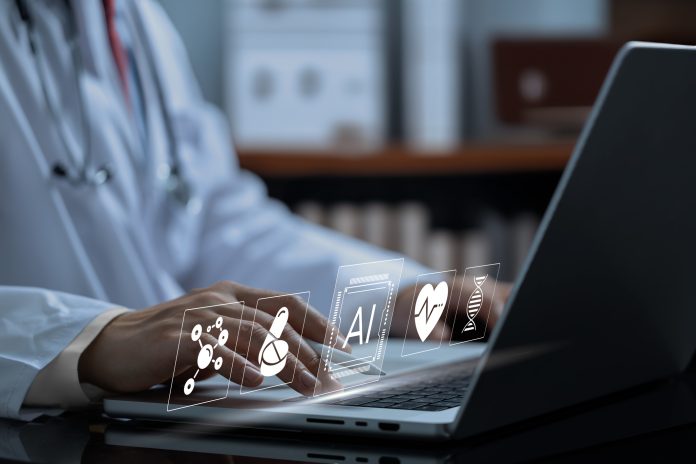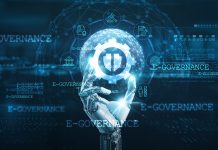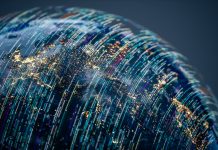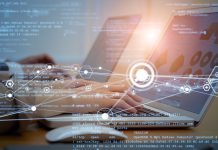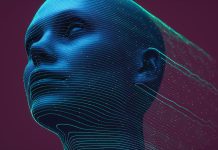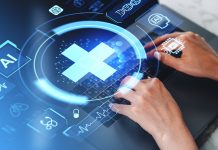Dr. Ayesha Khanna shares how artificial intelligence drives meaningful change across healthcare, finance, and crisis response worldwide in this exclusive interview
Dr Ayesha Khanna is one of the world’s most renowned AI speakers, celebrated as an artificial intelligence strategist, smart city expert, and technology entrepreneur.
As the co-founder and CEO of ADDO AI, one of Asia’s top AI advisory firms, Ayesha has helped governments and Fortune 500 companies harness emerging technologies to drive innovation, improve services, and build more inclusive societies.
Named one of Southeast Asia’s groundbreaking entrepreneurs by Forbes, she is also a passionate advocate for equitable AI solutions, from predictive healthcare systems to AI-powered financial inclusion.
Transforming healthcare with predictive AI
Q: From your expertise working at the intersection of data, AI, and healthcare, where do you see the most transformative opportunities for artificial intelligence to improve healthcare system performance and patient outcomes?
“AI immediately improves response times. The second question is, can you optimise hospitals once you know that a particular area is in the red zone?
“For example, at a hospital in the US, we predicted what their emergency queue lines would look like every weekend — because people were waiting for hours in emergency queues, which sometimes resulted in deaths. By analysing previous transactional, historical, and clinical data — considering variables such as weather, payday patterns, and so on — you can actually predict quite well the kinds of ailments that are likely to appear at different times of the year.
“By doing this, we were able to improve their forecasts by 20%. As a result, they knew when to schedule more cardiologists, radiologists, nurses, and paediatric specialists — all because we were predicting the types of patients likely to come in. The emergency queue became shorter and shorter.
“This is an example of using artificial intelligence in a way that is not only beneficial for the business — in this case, the hospital — but also good for the citizens of the country. It’s about using technology to do good.”
Alternative data for financial inclusion
Q: In the context of global financial inclusion, how can AI and alternative data models reshape access to credit and banking services for underserved populations?
“68% of the adult population in emerging markets does not have access to a bank account. That means they cannot take out a mortgage, they do not have a credit card, and no one will offer them one. So, the question becomes: can alternative data, such as your digital footprint on the web, your mobile phone data, or other forms of alternative information, be used to assess creditworthiness?
“I saw an example at one of the microfinances TCO banks. There was a woman from Karachi who wanted to open a beauty salon. She had no formal education, no job, no degree — but she wanted to open a beauty salon in one of the largest megacities in the world, where the beauty and cosmetics market is growing rapidly.
“Would you give her a loan? A traditional bank probably wouldn’t. But if she had an e-wallet, you could actually assess whether she pays her bills on time, what kind of apps she has installed, what she browses online, whether she’s spending her day watching YouTube or working, studying for an accounting degree, or watching beauty tutorials. Is she making roaming calls internationally or domestically?
“You could even offer a short psychometric form — and gather insights not just from her answers, but from how quickly she types, whether she uses lowercase or uppercase letters, or a mix of both. Believe it or not, studies have shown that all of these behaviours have some correlation with credit risk profiles.
“We are doing something similar ourselves. We are currently working on a fintech product in Pakistan focused on offering nano-loans at various points along the customer journey.”
AI crisis management in public health
Q: As you work with leading healthcare ministries and hospital networks globally, what are the most promising ways AI and big data integration can strengthen crisis response and public health resilience?
“We are working with one of the largest hospital networks in the US. We are also soon going to be working with the Ministry of Health in one of Asia’s largest countries, and our main focus in both cases is crisis management.
“It has become very important for governments and large hospital networks worldwide — including in Pakistan — to answer the question: how do you optimise the response a city or hospital network should have, by predicting where COVID or any other pandemic may arise next?
“As you may know, Bill Gates has already said we will likely face a pandemic every ten years or so. To become a resilient city, the Ministry of Health needs to have a dashboard. This dashboard should be connected to many different data points that can be analysed to predict where the next outbreak may occur.
“For this, we are connecting hospitals, clinics, and telecommunications data in this Asian country, pulling together information about who the people are, the areas they live in, the demographics, their symptoms, and when they had COVID.
“By doing this, we can create a heat map. For instance, if there’s an area that is highly pedestrianised, has a lot of morning traffic, or many connecting roads, we know there’s a much higher likelihood that COVID will spread there if there is a case in a neighbouring area or connected district.
“At first, this may seem obvious — and often AI initially confirms what intuition suggests — but over time, it begins to pick up on factors the human mind might miss. For example, it might detect patterns such as how many people visit a pharmacy to purchase certain medications, which could signal something underlying, like their lung health or the number of smokers in the area.
Often AI initially confirms what intuition suggests
“These kinds of connections can only be identified when diverse data points are combined and machine learning is applied.
“If you look at the AI lifecycle, it starts with gathering the data. That data then needs to be organised in what’s known as a data lake — a vast repository of data. Once this data is structured, machine learning engineers can extract and model it, searching for connections that go beyond what the human eye, or even a team working with Excel, would be able to identify.”

